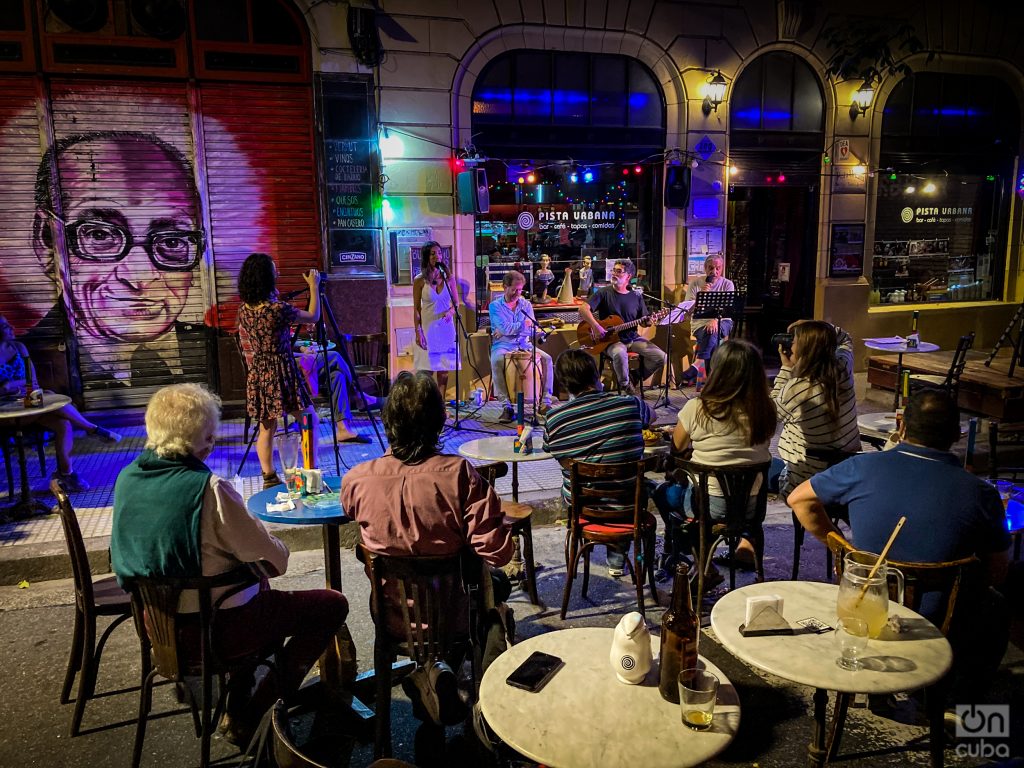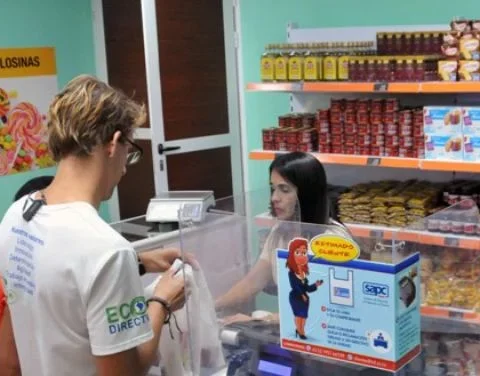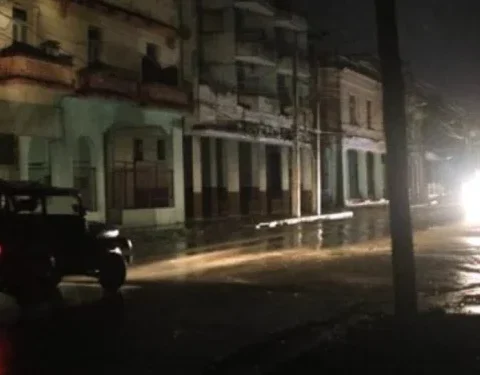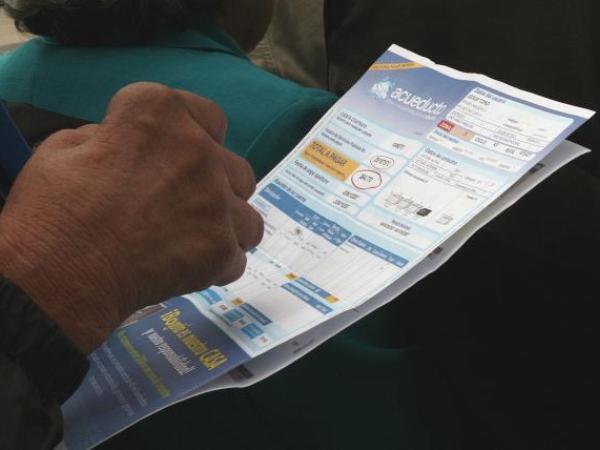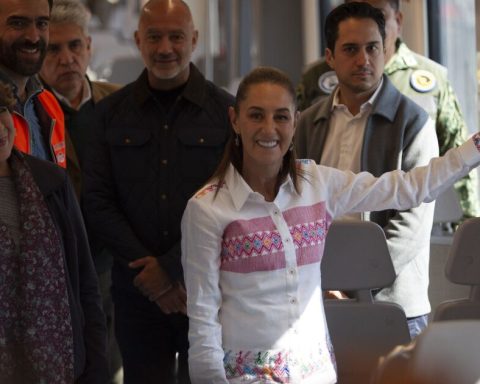We walked through the San Telmo area, which has always reminded me of certain parts of Havana. Its old mansions converted into multiple apartments, its antique markets, its deterioration with recovery, those cafes whose view of the street reveals steps that are always so crowded with all kinds of people.
We had entered via Defensa Street from the Plaza de Mayo, which was hosting a craft fair that Sunday. The kiosks stretched on for about ten blocks. To the extent that one moved away from the center —from the Casa Rosada, which is not pink, and from the imposing building of the Central Bank that a political candidate for president has literally promised to blow up— one was being constrained by the people who decided to move around there. despite the cold.
In that, a drum beat. Years ago I was at the headquarters of the Afrocultural Movement located in that same area, even in Defense and there I discovered drums and musicians, but there were still a few blocks to go to reach the headquarters that I don’t even know if it works. The percussion came from the back of an entrance where several tables full of empanadas and puddings had been set up. We continued down a wide corridor that was making the music even clearer.
It was a large space filled with small wooden tables where families and groups of friends had lunch after having collected their orders from a grill. The place works on weekends, according to what its owners told me when I left, long after I had actually discovered the musicians on a small improvised stage. One played a drum, another sang, the third, the only white of the three, and apparently Argentine, was the guitarist.
It was not the Teatro Colón, nor the Gran Rex, nor Luna Park, I have said that it was a space with an exquisite smell of meat smoked by coal, an area completely covered by a soft synthetic material that filtered the midday sun cold and they were there making their music with as much dignity as possible. But that employee, after having helped us locate, and guided us to place an order, observed me trying to be complicit. And she smiled, and with one hand she managed to say something like “they play more or less”, they are “some musicians there”.
The singer had a tessitura, saving the distances, similar to that of Carlos Embale and he must have been aware of it, since in his repertoire he alternated rumba, Afro-Cuban songs with bolero and true Cuban classics such as “Lágrimas negra” or “Dos gardenias ”. Many of us at the table applauded enthusiastically at the end of each performance. Perhaps the others knew the themes or perhaps they were only moved by the appropriation made by the performers.
As they prepared our order, listening to them we embarked on a conversation about the usefulness of music, and especially a song. Not only does it work as a perfect hook, like the net where someone with a nostalgic ear or in need of melody can fall, it is in the same way an invaluable resource that an author puts in the hands of many other artists, so many that it is impossible to specify.
At that very moment, like that trio, there must have been thousands of other artists around the world making a living with works, songs, with the music that someone once composed alone.
Legally, these pieces belong to a creator, who therefore receives recognition and economic benefits that should be even better paid; because at some point a song, the piece of music, that work attains a life of its own and that existence is in the same way enlivened by many other artists who, anonymously, resort to it because they are essential to sustain their precarious economies.
Street musicians (the real ones) or these musicians who live by passing their hats on a grill, in a restaurant or wherever the place may be, also manage to survive thanks to those works of others whose transcendence is such that they matter more than the creator himself. And it usually happens that they acquire a bit of the others: by adding them to his repertoire, each artist adds feelings, experiences, emotions in favor of his own immortality.
But, the girl who attended us that afternoon looked with such curiosity at my interest in the musicians that she approached. Before he says anything to me, I ask him.
Do they pay you to show up here?
-No, they are allowed to play. They pass the cap and that’s what they live on —he pauses, says: They’re not that good, right? I think they hardly put any effort into their work.
“Well, we entered through them and that music,” I tell her, and then the girl is left without knowing what to say. I reiterate: We stayed for them and I think maybe many people have entered for the same reason. Don’t underestimate them.
“It’s true,” said the woman, and left.
Then we left. The food was not bad, the price was appropriate for a grill like that, bohemian thanks to the music itself, the musicians we met there that day.
